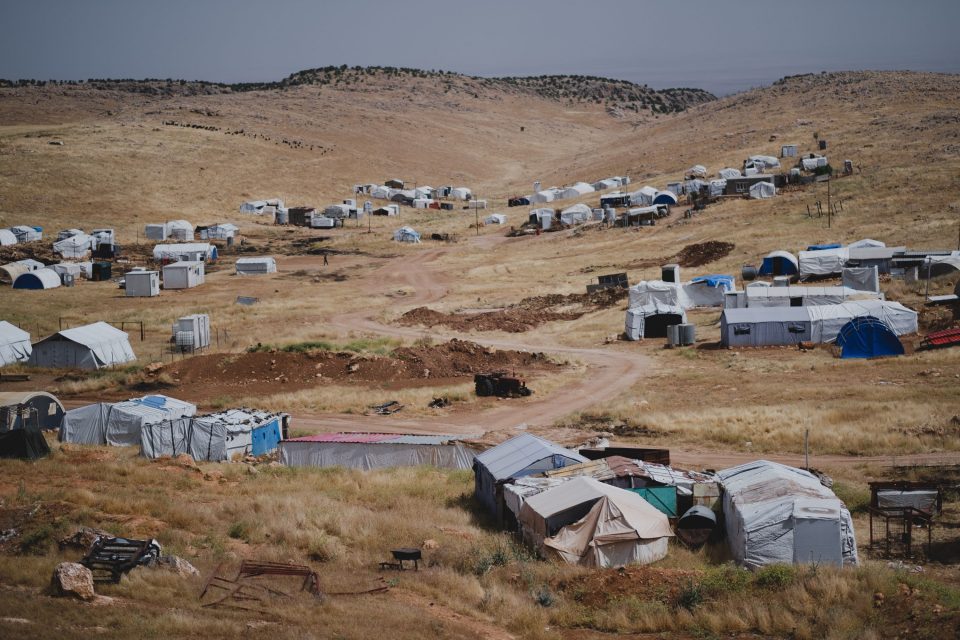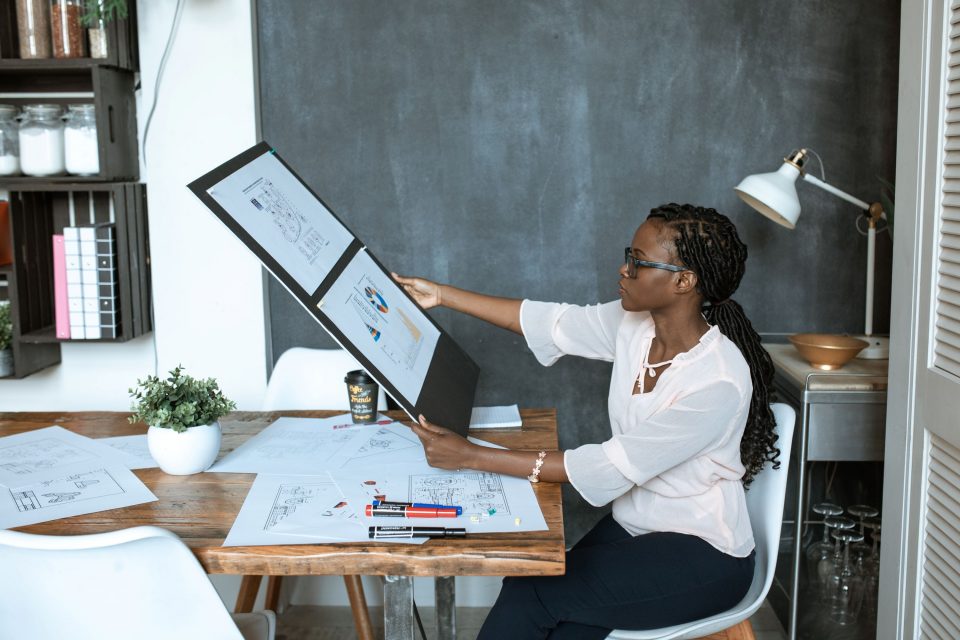Teacher interview with Cristina Chau

The next generation of paper straight out of Hogwarts
June 6, 2022
How to: Make a paper plane
June 17, 2022
Maria Cristina Baltazar Chau is a Visual Education (drawing) teacher in Lousã, Portugal. She is known for teaching her classes in museums, libraries and outdoors. Cristina Chau aims at developing a passion for arts, aesthetics, sensitivity, method and rigor, sustainability and an awareness for cultural heritage. In 2021 she was nominated for the Global Teacher Prize in Portugal.
1. Do you believe that in 2022 it is still important for children to be able to write or draw by hand and on paper?
I believe it is fundamental that children write and draw. Always, regardless of the physical medium. However, paper is the preferred medium for young people at school. Perhaps because it is the easiest to use and most conducive to the desired result.
1.1 Why?
Drawing is fundamental for the development of motor skills, creativity, observation and even communication. Through drawing, children and young people gain experiences that contribute to their physical and emotional growth.
We must not forget that drawing is often a child’s first language of expression or the only one, in some cases, in which he/she can express what he/she feels.
2. Do you think it is a competence that will continue to be fostered by education or, on the contrary, do you think it will tend to be increasingly neglected?
I want to believe that it is a competence that should be encouraged by education, but the reduction that the subject of Visual Education has suffered over the last decades makes me apprehensive. And students draw less and less. I’m sure there are those who remember going to a restaurant as a child and drawing on the paper towels on the tables. Nowadays that doesn’t happen, kids don’t “doodle”. In the beginning of the school year, I asked in one class how many students drew in their free time. Out of 22 students, only 2 female students did. This is why it is so important that students draw at school.
3. Does it make sense for students to study and do their homework by hand and on paper, even if this means carrying more books and more notebooks in their school bag instead of a simple computer or tablet?
Here, common sense should prevail. It depends on the conditions that the students have to do so and one thing does not imply “erasing” the other. I believe that technologies bring enormous advantages, but although most students have computers, schools are not physically prepared for this to happen. And it is important to continue writing on paper.
4. A study from Indiana University in the USA found that writing by hand stimulates creativity. Do you agree with this study? Is that what you have seen in your students over the years? And if so, why do you think handwriting stimulates creativity?
I 100% agree. It has actually been proven numerous times. Writing, as graphing, is part of a child’s integral development. Writing by hand stimulates memory and other important parts of the brain, as it requires sensory control and motor skills. There are numerous studies that show that writing and drawing by hand improve our thinking and imagination skills. With a paper and pencil in hand, an idea is transformed into a drawing or text, naturally, and can be done individually or collectively, which encourages the creative process.
5. It is funny and even paradoxical that the children of several executives of technological companies based in Silicon Valley attend the Waldorf School in California, where digital technologies are forbidden. Do you think this attitude is too radical?
I am an apologist of Waldorf’s pedagogy, however I do think we should take advantage of what we have in a positive way, with balance. We live in an increasingly technological world, so we have to know how to take advantage of these tools as these tools are and will be necessary in the lives of young people. But without forgetting everything else, because the skills they acquire learning, inside and outside the classroom, with different physical materials, and interacting with other elements of the school community, will be fundamental for their physical, intellectual and emotional development.
5.1 How can information technology be combined with paper to provide the best possible study and learning experience?
I’m remembering an assignment I did this year with my 5th graders (10/11 years old), where kids observed natural elements, watched videos, did their paper work (drawing and painting), created a padlet where they inserted their work and at the end they assessed their work with a game (Kahoot!).
It is this balance between technology and paper that we should seek. Without forgetting the importance of paper in the learning and creative process and without devaluing the use of technologies.




